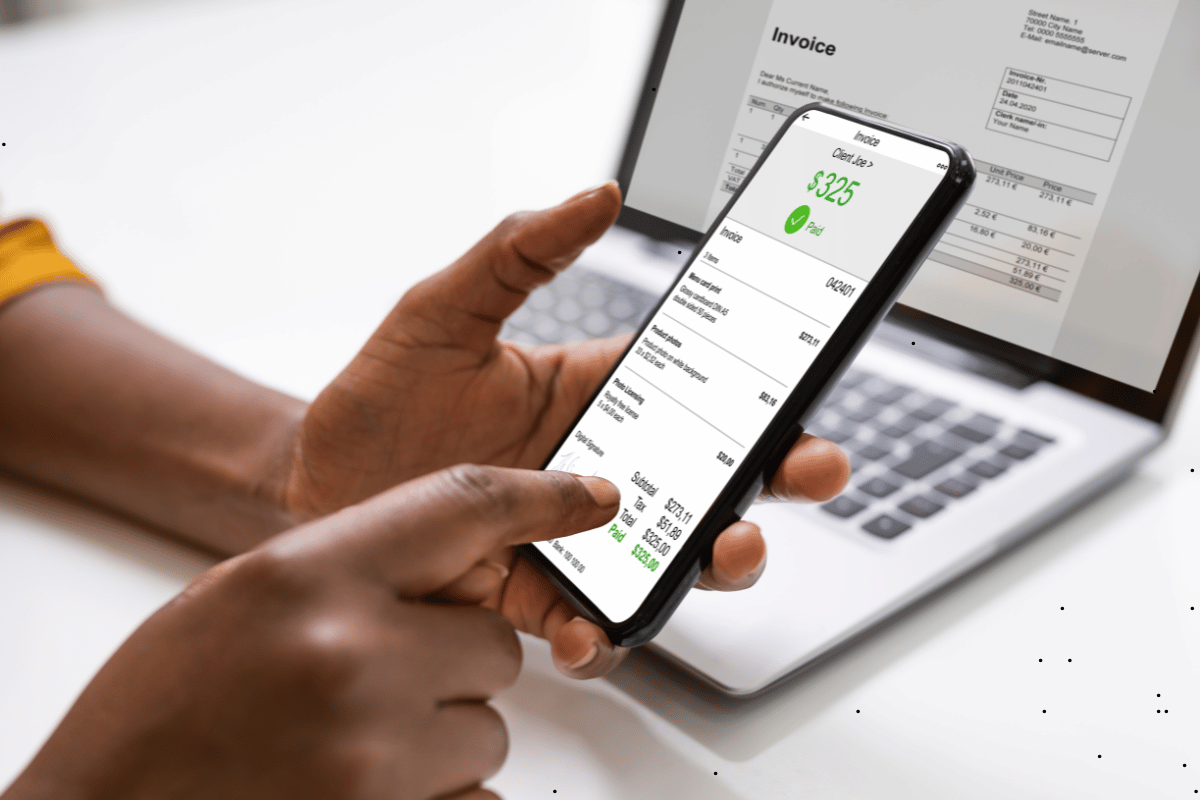Understanding Digital Charges: A Guide for Businesses and Consumers
In today’s digital economy, consumers and businesses frequently encounter digital charges—fees associated with online subscriptions, cloud storage, software licensing, streaming services, and digital transactions. While these charges often provide convenience and access to premium services, they can also be a source of confusion and unexpected expenses. Understanding how digital charges work, how to manage them effectively, and how businesses can leverage digital pricing strategies is crucial in an increasingly digital world.
What Are Digital Charges?
Digital charges refer to fees applied for digital products or services. These charges may come in various forms, including:
- Subscription Fees: Recurring payments for services like Netflix, Amazon Prime, or cloud storage solutions such as Google Drive and Dropbox.
- One-Time Purchases: Payments for digital goods like e-books, software, online courses, or in-game purchases.
- Usage-Based Fees: Charges based on consumption, such as cloud computing services (AWS, Microsoft Azure) that bill based on storage, bandwidth, or computing power used.
- Transaction Fees: Costs incurred when making online payments through platforms like PayPal, Stripe, or credit card processing services.
Common Sources of Digital Charges
1. Streaming and Subscription Services
Streaming platforms like Spotify, Disney+, and Hulu charge users on a monthly or annual basis. Many businesses also use Software-as-a-Service (SaaS) tools like Slack, Zoom, and Adobe Creative Cloud, which operate on a subscription model.
2. Cloud Computing and Storage Services
Businesses and individuals frequently pay for cloud storage solutions like Google Drive, iCloud, and OneDrive. Additionally, companies using cloud-based infrastructure (AWS, Google Cloud, etc.) pay for hosting, computing, and data transfer.
3. Digital Advertising Costs
Companies engaging in digital marketing face charges for services like Google Ads, Facebook Ads, and influencer marketing campaigns. These are often pay-per-click (PPC) or impression-based fees.
4. Online Marketplaces and E-commerce Platforms
Sellers on platforms like Amazon, Shopify, and eBay incur fees for listing, transaction processing, and advertising. Understanding these digital costs is crucial for e-commerce businesses to maintain profitability.
How to Manage and Reduce Digital Charges
For Consumers:
- Track Subscriptions: Use financial management apps or set calendar reminders to monitor recurring charges.
- Review Payment Methods: Regularly check credit card or bank statements for unfamiliar digital charges.
- Cancel Unused Services: Audit your subscriptions and cancel those that no longer provide value.
- Utilize Free Trials Wisely: Set reminders to cancel free trials before they convert into paid subscriptions.
For Businesses:
- Optimize SaaS Spending: Consolidate tools where possible to avoid redundant software subscriptions.
- Monitor Cloud Usage: Use cost-management tools like AWS Cost Explorer or Google Cloud Billing to track and optimize cloud spending.
- Negotiate Enterprise Pricing: Many digital services offer discounts for annual plans or volume-based pricing.
- Implement Internal Audits: Conduct regular financial audits to identify and eliminate unnecessary digital expenses.
Leveraging Digital Charges for Business Growth
For businesses offering digital products or services, pricing strategies play a crucial role in customer retention and revenue generation. Here are some effective approaches:
- Freemium Model: Provide basic services for free while charging for premium features (e.g., Dropbox, LinkedIn Premium).
- Tiered Pricing: Offer multiple pricing plans to cater to different customer needs (e.g., Netflix’s Basic, Standard, and Premium plans).
- Bundling Services: Combine multiple products at a discounted rate to encourage higher spending (e.g., Microsoft 365 includes Office apps, OneDrive storage, and Teams).
- Usage-Based Pricing: Charge customers based on consumption, making it more cost-effective and scalable.
Conclusion
Digital charges are an integral part of modern commerce, influencing both consumers and businesses. By understanding how they work and taking proactive steps to manage them, individuals can avoid unnecessary expenses while businesses can optimize costs and leverage digital pricing models for profitability. Whether you are a consumer looking to track your digital expenses or a business owner seeking to refine your pricing strategy, staying informed about digital charges is key to financial efficiency in the digital age.







